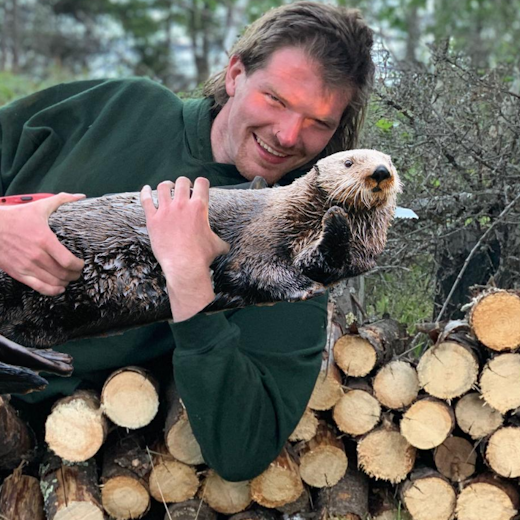As a human being thoroughly grounded, aerial locomotion fascinates me. While paddling through the BWCAW I often find myself looking to the skies, much to the dismay of my bowman. Below are my three favorite flying creatures.

Dragonfly
One of my personal favorites is the dragonfly. Dragonflies are marvels for several reasons. One is their wings: Each one has a dedicated muscle group and can move independently, which allows for their unique flight patterns and intricate maneuvers. This of itself is interesting, but perhaps more appealing is that they are an adept aerial predator focusing on pesky mosquitos and annoying flies, plucking them out of the air with ease. We could use more dragonflies in the Boundary Waters!

Loon
The loon is another airborne staple of the Northwoods. Known, and named, for their calls and cackles that sound like a laugh of the deeply insane, they are unique birds well adapted to life in the north. Being a predatory bird that hunts underwater, they are well adapted for subsurface hunting. Unlike most birds, loons don’t have hollow bones. Their added heft allows them to dive with ease. In addition to their weight, their streamlined body – which includes compressible feathers and legs mounted towards their rear – make them adept swimmers capable of performing quick and precise maneuvers to catch their prey in their pointed, toothed beaks. Although they move like torpedoes through the water, their heavy bones make take-off difficult, requiring a runway of about 30 yards. Additionally, loons are inelegant, to say the least, on land. Their legs are so far towards the rear of their body that they are unable to support themselves and during the egg-laying season they can be seen scooting themselves along on their bellies while making nests on or near shorelines.

Bald Eagle
The bald eagle is one of America’s better-known birds on account of its mascot status. With graceful yet powerful flights, iconic talons and hooked beaks, accompanied by a poised predatory nature to go along with its bold white brown and yellow colorings; bald eagles are impressively large birds and adept hunters. In the Northwoods, paddlers can often witness eagles fold their 7-foot wingspan and dive talon first at the water to effortlessly pluck their aquatic quarry. Although their primary source of food is fish, they are opportunistic hunters who will eat almost any small animal if they can sink their talons into it, including other birds. On several occasions, I have seen eagles engaged in aerial battles with seagulls as the seagulls seek to protect their young. Although they have a domineering reputation as unmatched predators, eagles have a lesser-known soft side. Eagles are believed to be monogamous – having only one mate – and upon breeding, they will incubate their eggs for over 5 weeks before they hatch. Additionally, they are not unfailing hunting machines. On harried hunts, during their divebombs into lakes and rivers, eagles can get their feathers wet making flight impossible. Because of this, eagles can occasionally be seen breast stroking towards shorelines using their powerful wings. Whether in the air, in the water, hunting, flying, or swimming, eagles are iconic fixtures of the North American horizons and waters.






